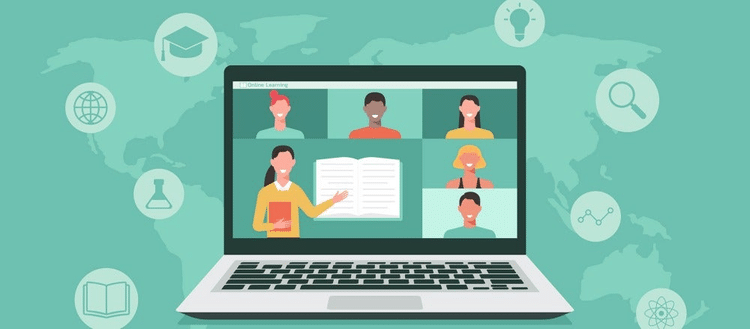Innovative teaching tools for classrooms

In today's evolving educational landscape, the quest for innovative teaching methods has never been more important. As educators seek dynamic ways to inspire and engage students, the incorporation of modern tools into the classroom is pivotal. This blog post explores a variety of groundbreaking educational tools that promise to transform traditional teaching methodologies.
Our journey through educational innovation will not only highlight the benefits of these tools but also provide actionable insights on how educators can seamlessly integrate them into their teaching practices. From virtual reality to online collaborative platforms, get ready to explore the horizon of innovative education.
Innovative Tools: Redefining Classroom Engagement
The hallmark of innovative education is the ability to foster engagement through interactive and immersive experiences. Virtual Reality (VR) has emerged as a trailblazer in this domain, allowing students to explore historical landmarks, dive into the human body, or even traverse the solar system from the comfort of their classroom. By bringing abstract concepts to life, VR offers a unique opportunity for experiential learning.
Augmented Reality (AR) similarly enriches the educational experience by overlaying digital information onto the real world. Applications of AR in classrooms range from interactive textbooks that come alive to scientific simulations that can be manipulated with the touch of a finger, enhancing comprehension and retaining interest.
Yet, innovation doesn't necessarily require high-tech solutions. Simple tools such as Flipgrid, a video discussion platform, enable students to articulate and share their thoughts creatively, fostering a community of learning and feedback. This not only improves verbal communication skills but also empowers students to be active participants in their education.
Digital Platforms: Collaborative Learning Made Easy
Collaboration is a cornerstone of modern education, and digital platforms have made it easier than ever. Google Classroom stands out as an exemplary tool that simplifies assignment distribution, grading, and feedback, creating a streamlined communication channel between teachers and students.
Similarly, platforms like Padlet allow for the collective creation of knowledge, enabling students to contribute content, comment on peers' posts, and collaborate on projects in real time, regardless of their location. This sense of connectedness promotes a collaborative learning environment where ideas flourish.
Assessment Tools: Embracing Innovative Evaluation
Innovative teaching tools extend beyond content delivery to include evaluation methods that are both engaging and effective. Tools like Kahoot! transform assessments into interactive games, making learning fun and competitive. This approach encourages participation and can be an excellent way to review concepts and track progress.
Quizlet, with its customizable study sets and diverse modes of learning, offers a flexible platform for both in-class activities and individual study, accommodating different learning styles and pacing.
Professional Development: Staying Ahead of the Curve
For educators, the journey towards integrating innovative tools into their teaching practice is ongoing. Professional development opportunities, such as workshops, webinars, and online courses, provide educators with the knowledge and skills to implement these tools effectively. Moreover, educator communities online serve as invaluable resources for sharing best practices and troubleshooting common challenges.
Staying informed about the latest educational technologies and methodologies is essential for educators aiming to foster an innovative learning environment.
Conclusion: The Future of Education is Innovation
In the pursuit of engaging, effective, and personalized education, innovative teaching tools stand out as beacons of progress. By embracing these tools, educators can transform traditional classrooms into vibrant learning communities where students not only acquire knowledge but also develop critical thinking and problem-solving skills.
As we look to the future, it's clear that the journey towards innovative education is not a solitary one. It requires collaboration, continuous learning, and a bold willingness to explore new horizons. The potential for transformative learning experiences lies within our grasp, ready to be unlocked with the right tools.
The landscape of education is constantly evolving, with innovation at its core. As we forge ahead, the tools explored in this blog post offer a glimpse into the future of teaching and learning. Embracing these innovations holds the key to creating more engaging, interactive, and effective educational experiences for students worldwide.

Related